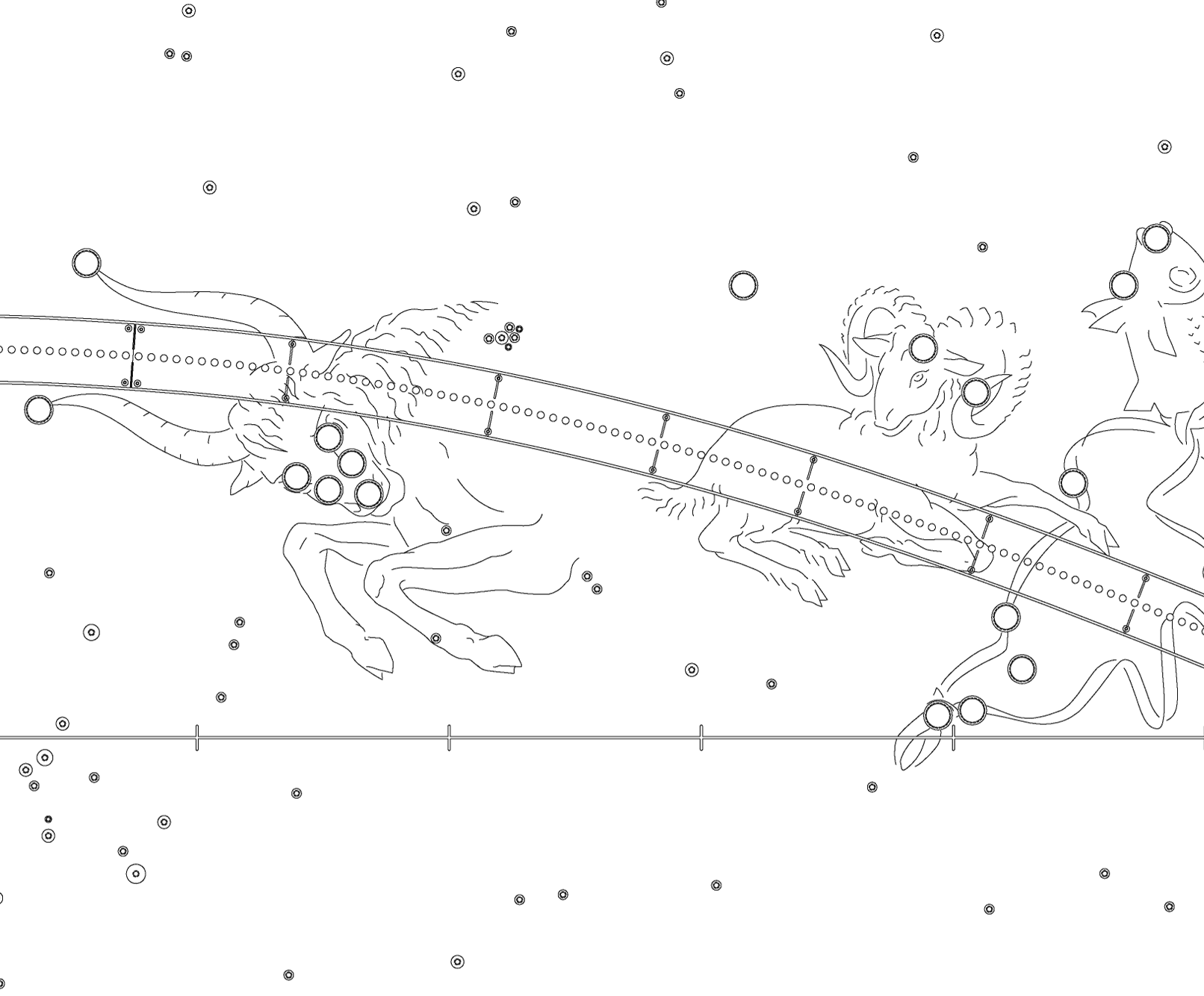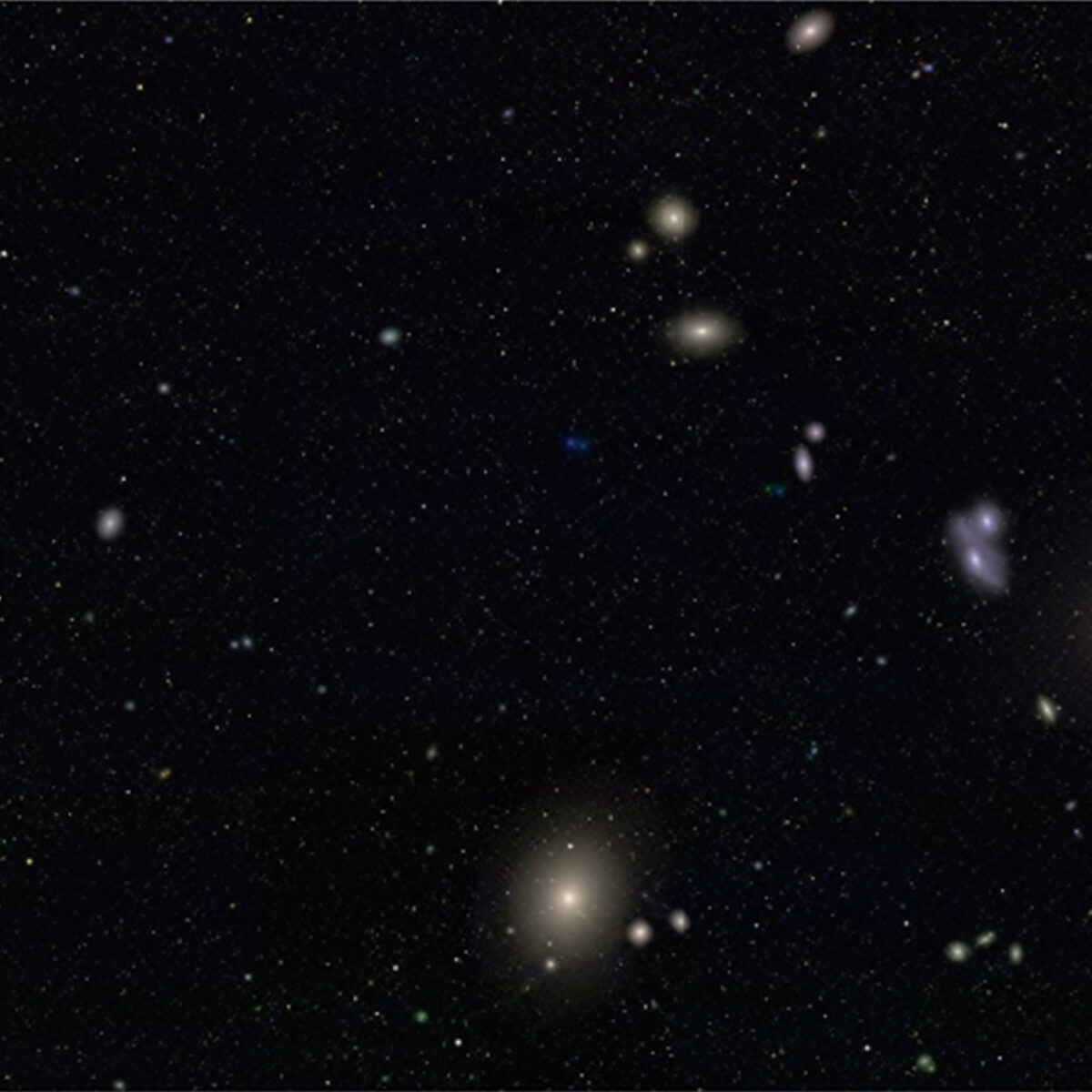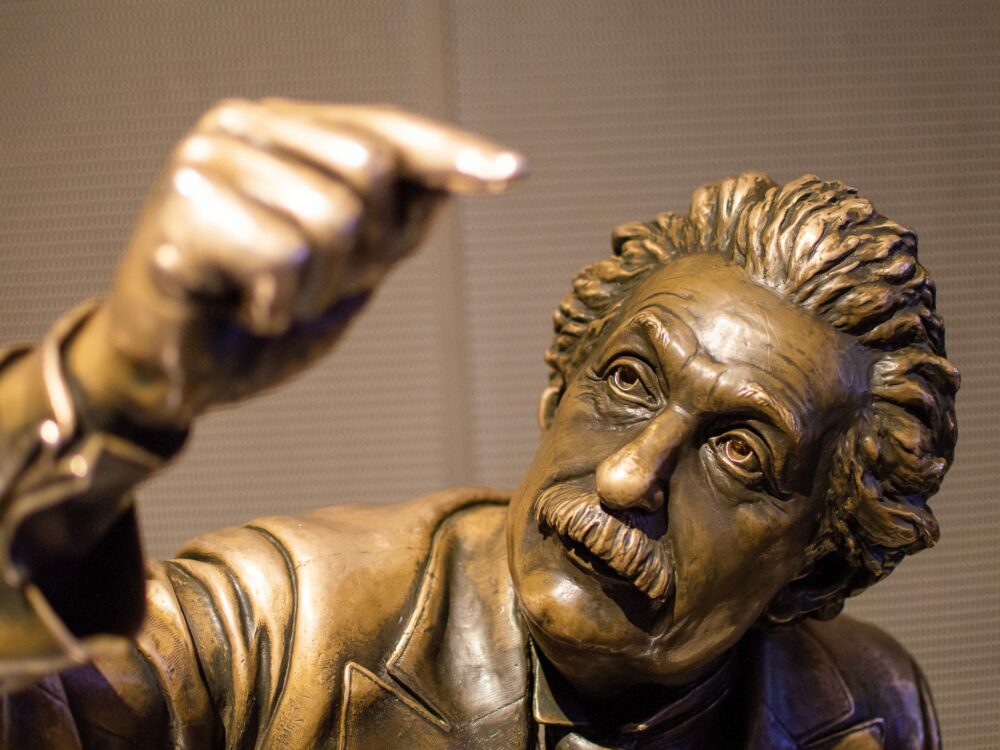Gunther Depths of Space

Observing the Modern Universe
Space exploration transformed our understanding of the cosmos and our place in it. As we learned more about the sky, our horizons broadened. What we once could detect only with our eyes, we now explore with technology.
Today our telescopes and space probes reveal landscapes on other worlds and detect planets around other stars. Our observing tools have extended our vision out to the stars, to the earliest galaxies, and back to nearly the beginning of time. Now, we can clearly see our place in the universe. We can feel at home in the cosmos.


Explore the Gunther Depths of Space

The Big Picture
The largest astronomical image in the world is glazed onto a porcelain enamel wall 152 feet long and 20 feet tall. Centered on the Virgo Cluster of galaxies (of which our Milky Way is a part), it reveals the amount of sky that your index finger would cover if held a foot from your eye at a resolution as if your eyes were 36-inch telescopes. Caltech estimates that the image includes over a million galaxies, ranging in distance from millions to billions of light years. You can also see hundreds of thousands of stars in the Milky Way and two asteroids and a comet here in our own solar system.

Our Earth
Our home world is warm, wet, and teeming with life. It is the place we understand best. We use what we know to explore other planets and learn about the solar system.

The Planets
For centuries, people believed the bright objects that seemed to wander among the stars were everything from gods to good-luck charms. It takes more than imagination, however, to see distant, moving points of light as planets.

Our Solar System
The solar system is a collection of objects in motion. Each one spins on its axis and orbits the Sun. The planets and their moons, along with some comets and most asteroids, travel around the Sun in predictable, elliptical orbits.

Other Worlds, Other Stars
We used to be able to count the number of known planets on the fingers of both hands. Then astronomers developed ways to find worlds around other stars. We are discovering new ones all the time. Our solar system isn't alone in the galaxy anymore.

Milky Way Galaxy
Our home galaxy, the Milky Way, is an island of starlight. It has spiral arms, a bar across its center, and at least one black hole at its core. Billions of stars and countless planets, plus stellar birthplaces and graveyards, are strung out along its arms.

A Familiar Star Pattern
The stars of the Big Dipper look very different when viewed from different vantage points in space.

Our Address
Do you know where you are in the universe? Imagine your place in space and the directions you would give to help someone find you in the cosmos.

Depth of Space
The universe is three-dimensional. When we gaze up at the sky, however, we don’t see depth. Everything looks as if it is displayed on the inside of a dome. The closest things we see are the Sun, Moon, and planets. The stars are farther away, but they are all part of the Milky Way Galaxy.

Albert Einstein
A bronze statue of the most famous scientist of the 20th century holds up his finger to measure the sky seen in the Big Picture across the gallery.

Richard and Lois Gunther
Benefactors of the Depths of Space
The naming of the Richard and Lois Gunther Depths of Space recognizes a generous contribution from southland natives Richard and Lois Gunther. Richard Gunther’s interest in science and astronomy was sparked by an inspirational visit he made as a 12-year-old to Mount Wilson Observatory. There, through the 60-inch telescope, he examined the Orion nebula and witnessed its immense, swirling red mass of brilliant colors contrasted with the blackness of space. This striking phenomenon turned him into an enthusiastic life-long astronomy fan. “I was dazzled,” Gunther recalls. “When I learned about some of the extraordinary exhibits the new Griffith Observatory would have, I wanted to be a part of that project.” He continues, “It is our hope that we can develop an exhibit program that will offer a vision of the universe that will excite young people, awaken their interest in astronomy, and make a life-long contribution to enriching their lives as it has mine.”
Gunther, who is listed in “Who’s Who in the West” (1994), is a venture capitalist and securities investor and the former chairman of United Continental Development Corporation. Gunther graduated summa cum laude from UCLA and earned a master’s degree from the University of Southern California. His philanthropy and volunteerism cover a wide spectrum of interests. He has served on numerous boards, including those for public television station KCET, the Esalen Institute, the California School of Professional Psychology, as well as on Los Angeles City, County, and California State commissions.